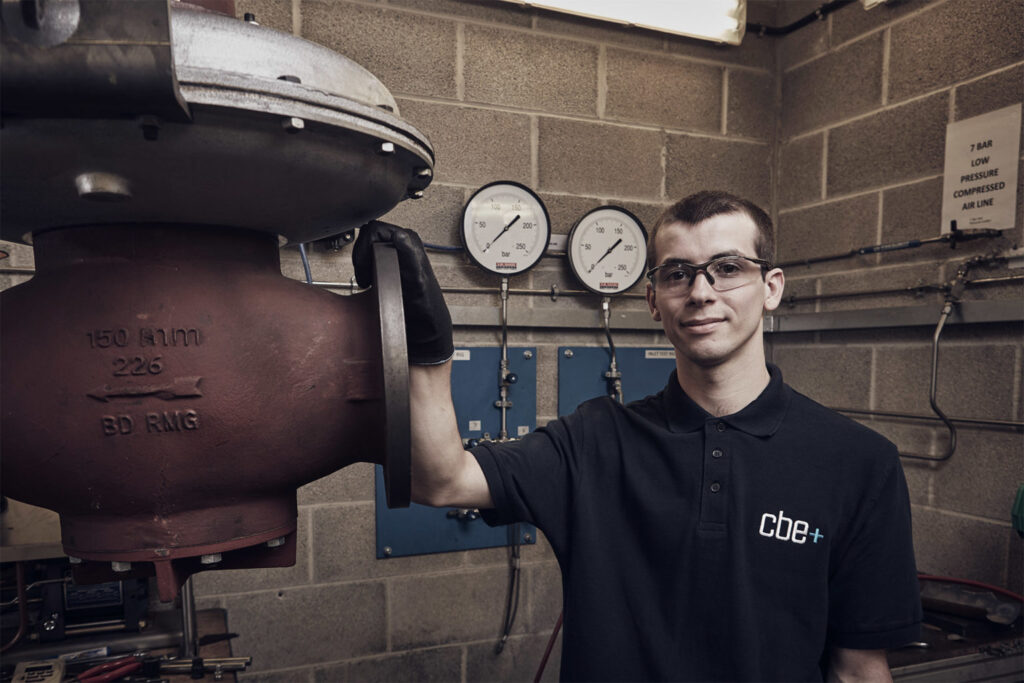
PRESSURE TESTING
We offer in-house Pneumatic and Hydrostatic pressure testing.
The test area is ready to test products/valves at 1.5 WP x Hydrostatic and 1.1 x WP Ambient.
The equipment provides us with the capabilities to run rigorous testing from outside of the test room, detect the smallest leakages and carry out strength and functionality testing of valves and pressure-bearing products.
The testing facility includes a complex leakage detection system and has a number of safety systems including oxygen monitoring, nitrogen extraction and interlocking controls. It is also equipped with overhead cranes that have a 10-tonne lifting capacity, and a two-tonne handling crane which is situated within the high-pressure test room.
PNEUMATIC TESTING
Pneumatic testing, also known as functionality testing, is used to ensure the product will work as it is intended to. It tests for external leaks and internal leak paths.
External leaks are leaks on the outer body of a component. This type of leak would result in the substance in use escaping the vessel and the pressure dropping resulting in the part not functioning correctly.
Internal leak paths are faults in a product that would allow high pressure chambers to leak in to low pressure chambers. The chambers will typically be manufactured to have pressure resistance relative to their use, therefore a high pressure leak into a low pressure chamber can be a big problem.
Both external and internal leaks have the potential to be highly dangerous if commissioned into use, especially when used in the gas industry, making pneumatic testing critical.
CBE+ can conduct functionality testing from 0-150bar.
HYDROSTATIC TESTING
Hydrostatic testing, also known as strength testing, is used to check the integrity/ strength of a product to ensure it is suitable to be used under different pressures.
During this process the part being tested is either submerged in water or filled with water. The water is then pressurised, this allows for safe testing.
Hydrostatic testing also checks the porosity of the component.
CAPABILITIES
UP TO 8” DIA ANSI B16.5 CL2500 FLANGED PRODUCTS
- MWP 370 Bar
- Complex leakage detection system
- Oxygen monitoring
- Nitrogen extraction
- Interlocking controls
UP TO 12” DIA ANSI B16.5 CL600 FLANGED PRODUCTS
- MWP 103 Bar
- Complex leakage detection system
- Oxygen monitoring
- Nitrogen extraction
- Interlocking controls
UP TO 12” DIA ANSI B16.5 CL300 FLANGED PRODUCTS
- MWP 50.1 Bar
- Complex leakage detection system
- Oxygen monitoring
- Nitrogen extraction
- Interlocking controls
